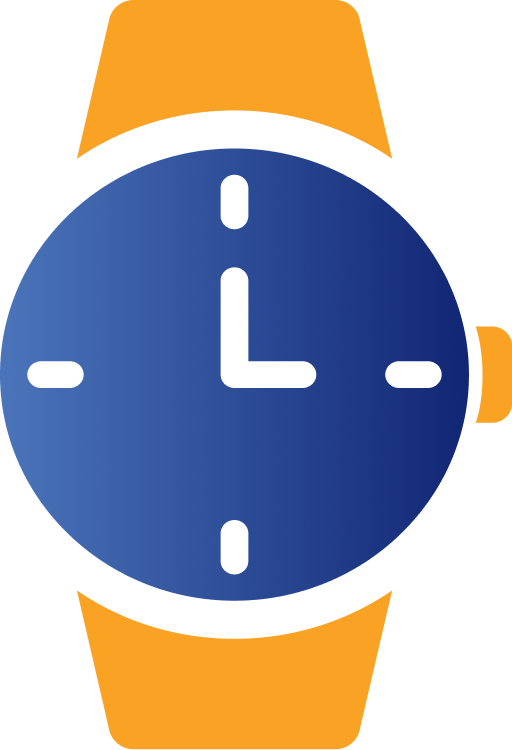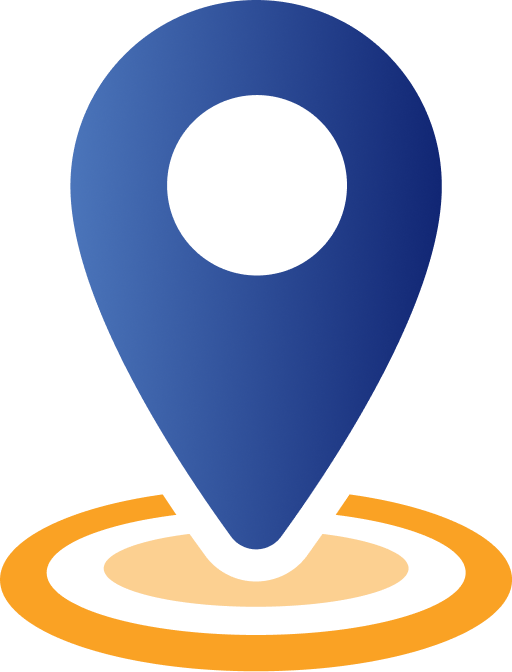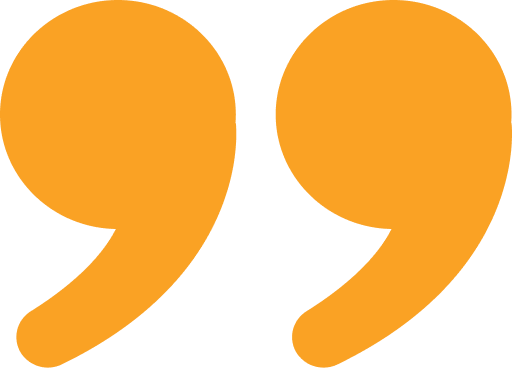You are about to leave EKTERLYHCP.com
You will be redirected to a third-party website
not affiliated with KalVista Pharmaceuticals.
This website is intended for US healthcare professionals.
Despite prophylaxis, many patients with HAE continue to experience attacks1,3
Although guideline-recommended prophylaxis use reduces attack frequency, attacks may continue
in all anatomic locations, including life-threatening laryngeal attacks.1,5
Burdens of current on-demand infusions or injections can cause significant treatment delays or nontreatment2,§
Up to
83 %
of patients taking HAE
treatment were anxious
when
anticipating use of on-demand
injections or infusions2,§
Reasons for delayed treatment or nontreatment with on-demand injections or infusions (responses from patients who delayed treatment)2,§
Attack perceived not to be severe enough2
Prefer to treat at home2
On-demand treatment is bulky7
Could trigger a security check7
Treatment is “too painful”2
Lack of privacy2
Embarrassment8
On-demand treatment is the essential component
of HAE management5

Keep on-demand treatment immediately available

Treat early to stop attacks from getting worse

All attacks are eligible for treatment regardless of location or severity

“AS PHYSICIANS, WE HAVE TO WALK A FEW STEPS IN PATIENTS’ SHOES…
WE CAN CLOSE THOSE GAPS BETWEEN WHERE WE ARE, WHERE THE GUIDELINES ARE, AND WHERE THE PATIENT IS.”
*Data were derived from a US-based retrospective, real-world survey using the Adelphi HAE Disease Specific Program database (July-November 2021).3
†Data were derived from a retrospective, real-world study of 334 patients taking long-term prophylaxis using the IQVIA PharMetrics© Plus database (January 1, 2016-September 30, 2023).4
‡According to a 2023 US HAE Association survey of 94 patients taking either on-demand treatment or prophylaxis + on-demand treatment.6
§According to a 2022 US HAE Association survey of 107 patients taking either on-demand or prophylaxis + on-demand treatment.2
HAE=hereditary angioedema; HAEA=US Hereditary Angioedema Association.
References:
1. Longhurst H. Optimum use of acute treatments for hereditary angioedema: evidence-based expert consensus. Front Med (Lausanne). 2018;4:245. doi:10.3389/fmed2017.00245
2. Betschel SD, Caballero T, Jones DH, et al. The complexities of decision-making associated with on-demand treatment of hereditary angioedema (HAE) attacks. Allergy Asthma Clin Immunol. 2024;20(1):43. doi:10.1186/s13223-024-00903-w
3. Anderson J, Soteres D, Tachdjian R, et al. Real-world outcomes in patients with hereditary angioedema prescribed lanadelumab versus other prophylaxis. Allergy Asthma Proc. 2024;45(6):426-433. doi:10.2500/aap.2024.45.240046
4. Data on File. KalVista Pharmaceuticals, Inc. 2024.
5. Busse PJ, Christiansen SC, Riedl MA, et al. US HAEA Medical Advisory Board 2020 guidelines for the management of hereditary angioedema. J Allergy Clin Immunol Pract. 2021;9(1):132-150.e3. doi:10.1016/j.jaip.2020.08.046
6. Christiansen S, O’Connor M, Craig T, et al. On-demand treatment of hereditary angioedema attacks: patient-reported utilization, barriers, and outcomes. Ann Allergy Asthma Immunol. 2025;134:570-579. doi:10.1016/j.anai.2024.12.012
7. Betschel S, van Kooten S, Heckmann M, Danese S, Goga L, Guilarte M. HAE patients decision to carry on-demand treatment when away from home. Abstract presented at: 13th C1-inhibitor Deficiency & Angioedema Workshop; May 4-7, 2023; Budapest, Hungary.
8. Busse P, Geng B, van Kooten S, et al. The impact of on-demand treatment on quality of life of people with HAE. J Allergy Clin Immunol. 2024;153(2)Supplement:AB88. doi:10.1016/j.jaci.2023.11.292
EKTERLY® (sebetralstat) is a plasma kallikrein inhibitor indicated for the treatment of acute attacks of hereditary angioedema (HAE) in adult and pediatric patients aged 12 years and older.
Adverse reactions: The most commonly reported adverse reaction was headache.
Drug interactions: EKTERLY is a substrate of CYP3A4. Concomitant use of EKTERLY with a strong CYP3A4 inhibitor increases sebetralstat exposure, which may increase the risk of sebetralstat adverse reactions. Avoid use of EKTERLY with strong CYP3A4 inhibitors and reduce the dose of EKTERLY to one dose of 300 mg (one tablet) with moderate CYP3A4 inhibitors. Concomitant use of EKTERLY with a strong or moderate CYP3A4 inducer decreases sebetralstat exposure, which may decrease efficacy. The use of EKTERLY with strong or moderate CYP3A4 inducers is not recommended.
Use in specific populations: Avoid use of EKTERLY in patients with severe hepatic impairment (Child-Pugh Class C). The recommended dosage of EKTERLY is one dose of 300 mg (one tablet) in patients with moderate hepatic impairment (Child-Pugh Class B).
There are no available data on EKTERLY in pregnant women to evaluate for a drug-associated risk of major birth defects, miscarriage, or other adverse maternal or fetal outcomes. There are no data on the presence of sebetralstat or its metabolite in human milk, the effects on the breastfed infant, or the effects on milk production.
The safety and effectiveness of EKTERLY in pediatric patients aged under 12 years of age have not been established.
To report SUSPECTED ADVERSE REACTIONS, contact KalVista Pharmaceuticals, Inc. at 1-855-258-4782 or FDA at 1-800-FDA-1088 or www.fda.gov/medwatch.
Please see full Prescribing Information.